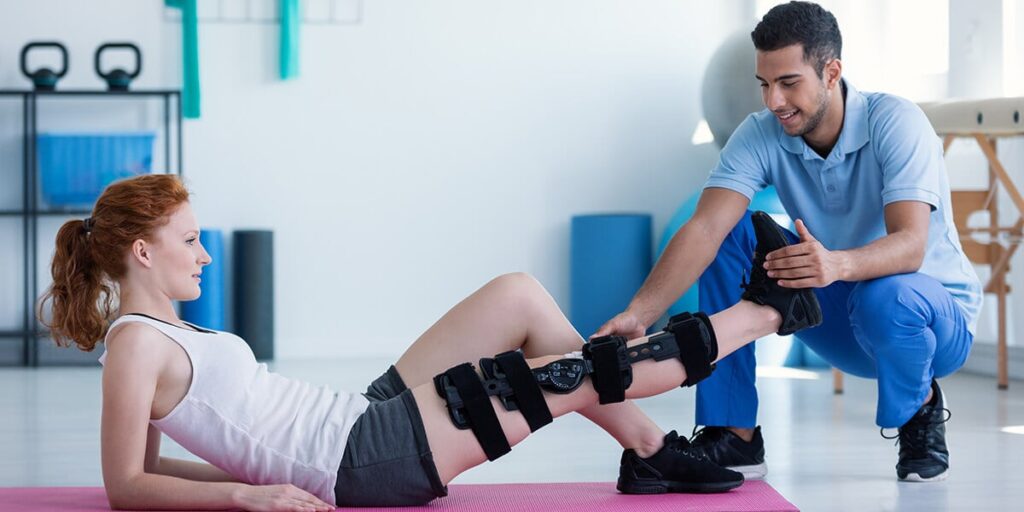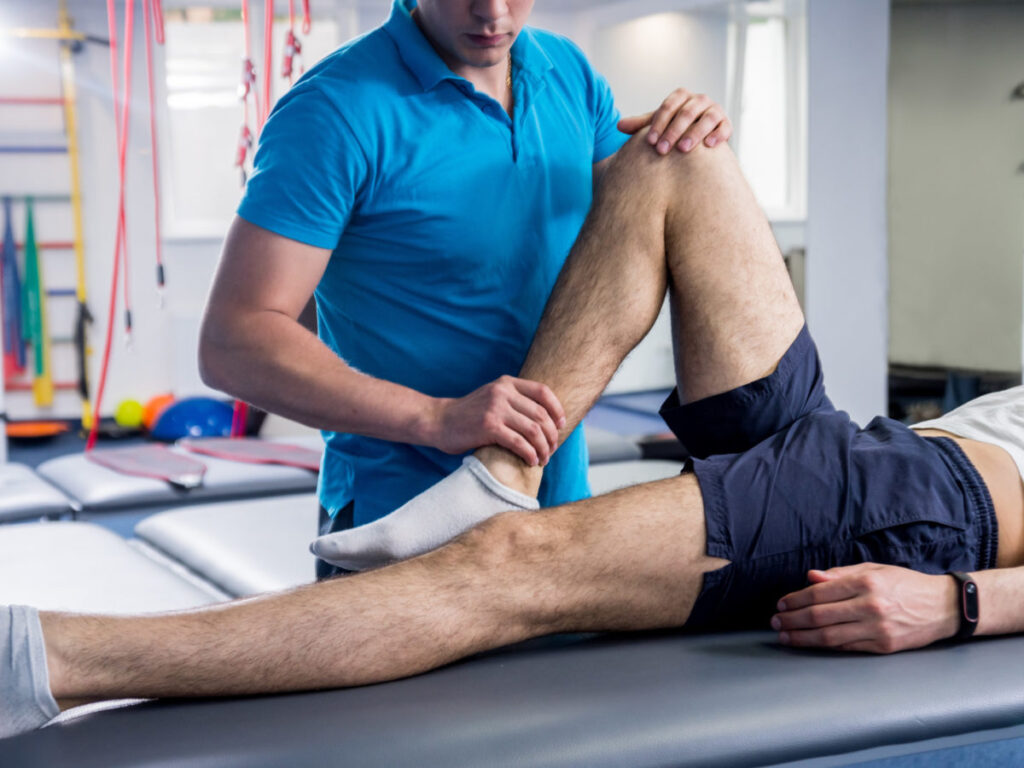Post surgery physical therapy is an important part of the recovery process following a surgical procedure. It is essential to ensure that the patient makes a full and complete recovery, as well as regaining their strength and mobility. Physical therapists play a key role in helping patients adjust to life after surgery, providing them with exercises and treatments that promote healing, reduce pain, increase strength and flexibility, as well as restore movement.
They also work with patients to provide education on how to properly care for themselves during the recovery process. Post surgery physical therapy can help speed up the healing process and get you back to your normal activities faster than if you did not receive post-surgical physical therapy.
Page Contents
Benefits of Post Surgery Physical Therapy

When surgery is necessary to correct a medical condition, physical therapy following the procedure is often recommended to help the patient regain their strength and flexibility. Post surgery physical therapy can provide numerous benefits that help patients recover more quickly and efficiently while minimizing discomfort.
One of the most important benefits of post-surgery physical therapy is reducing pain. Physical therapists are trained to use various techniques and exercises that can help reduce inflammation and muscle soreness caused by surgery, making it easier for patients to move around without experiencing intense pain or discomfort. By reducing pain levels, patients are able to move more freely which helps promote faster healing.
Another benefit of post-surgery physical therapy is improved range of motion. After a surgical procedure, many patients may have difficulty moving certain body parts due to stiffness or weakness from the operation itself or from time spent bedridden afterwards. Physical therapists work with their patients on specific exercises designed to improve mobility in the affected area so they can return back to an active lifestyle sooner rather than later.
Post-surgical physical therapy also helps accelerate recovery time by strengthening weakened muscles and restoring muscular function in areas that were affected by surgery. By using strengthening exercises, stretching techniques, and manual manipulations such as massage or joint mobilization.
Types of Post Surgery Physical Therapy

Post-surgery physical therapy is an important part of the recovery process for many patients. It helps to improve mobility, reduce pain, and restore function after surgery. Managing and optimizing these therapy sessions efficiently is crucial, which is where specialized physical therapy practice management software can play a pivotal role. In this article, we’ll discuss the different types of post-surgery physical therapy available today.
- Range Of Motion Exercises: Range of motion (ROM) exercises are designed to help restore normal movement patterns in joints that have been affected by surgery. These exercises involve stretching and strengthening muscles around a joint in order to increase flexibility and range of motion without causing pain or discomfort. Common ROM exercises include isometrics (holding a muscle contraction for a set amount of time), stretches that target specific muscle groups, and gradual active movements such as rolling over or walking short distances with assistance from a therapist or caregiver.
- Strength Training: Strength training is an essential component of post-surgery physical therapy because it helps build strength in weakened muscles or areas affected by surgery. Strength training can be done through weight lifting machines or free weights as well as bodyweight exercises such as squats, pushups, planks and wall sits.
What to Expect During Post Surgery Physical Therapy

Post-surgery physical therapy is an important part of the recovery process for many types of surgeries. It can help you regain strength, mobility, and flexibility, as well as reduce pain and speed up the healing process. If you’re about to undergo post-surgery physical therapy, here’s what you need to know.
The goal of post-surgery physical therapy is to restore your range of motion and strength in the area that was operated on. Depending on the type of surgery, your therapist will use different treatments such as stretching exercises, strengthening exercises, massage or ultrasound therapy. The therapist may also use electrical stimulation or heat/cold packs to relieve pain and swelling.
During each session with your therapist they will closely monitor your progress and adjust their treatment plans accordingly. They may suggest changes in activities at home such as avoiding certain positions or movements that could cause pain or further injury. You should also make sure to inform them about any new symptoms or changes in how you feel during treatment sessions so they can modify their approach accordingly.
Your therapist may also advise on lifestyle modifications such as nutrition advice for optimal healing or how best to manage stress after surgery which can hinder recovery if not managed properly.
Potential Risks and Complications with Post Surgery Physical Therapy

Post surgery physical therapy is often a necessary part of the recovery process for many surgical procedures. While it can be an effective way to help patients regain strength and mobility, there are also potential risks and complications associated with this type of treatment that must be considered.
One potential risk is infection. Physical therapy sessions involve direct contact between the patient and therapist, as well as equipment used for exercises or treatments. Any bacteria or other pathogens present on these surfaces could potentially transfer to the patient’s skin, leading to infection. To minimize this risk, physical therapists should always use clean towels and wear gloves during each session to protect both parties from any germs that may be present.
Another complication related to post surgery physical therapy is pain. While some discomfort during exercise can be expected after surgery, if the pain becomes too intense or lasts too long then it could interfere with the healing process or cause further injury to the area being treated. To reduce this risk, physical therapists should take time to properly assess a patient’s current condition before beginning any exercises or treatments so they can adjust their approach accordingly in order to avoid overworking an area that is still healing from surgery.
Conclusion
Post-surgery physical therapy is an important part of the recovery process. It helps to restore strength, improve range of motion, reduce swelling and pain, and promote healing of the affected area. Physical therapy can help patients return to their pre-surgery activities faster with improved function and decreased risk of complications or re-injury. Through patient education, skilled interventions, self-management strategies, and individualized care plans tailored for each individual’s needs and goals, physical therapists can help people optimize their recovery following surgery.






